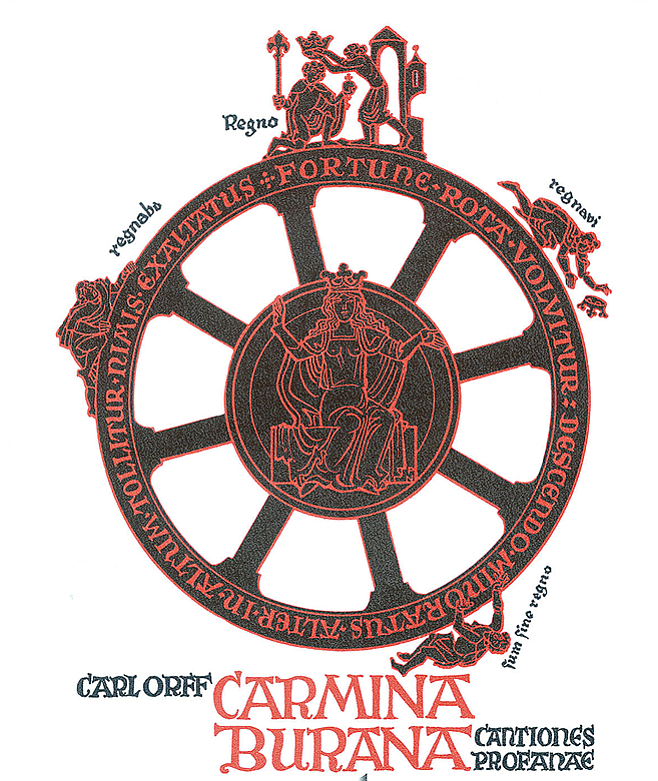 Facebook
Facebook
 X
X
 Instagram
Instagram
 TikTok
TikTok
 Youtube
Youtube

I thought I was the first guy to have a 10-hours-long sexual encounter with the goddess Venus herself. As it turns out, I’m 800 years late, since someone shared just such an experience in the voluminous Carmina Burana.
Perhaps the Middle Ages weren’t as pious as we’ve been led to believe. No doubt Christianity had a stranglehold on Europe but a text such as the Carmina Burana presents a much different picture than the profusion of halos and saints that populate most of the artwork from the age.
The Carmina Burana text is huge. There are 226 different texts collected into one volume. The book was discovered in 1803 at the Benedictine monastery of Benediktbeuern. The title Carmina Burana means “Songs of Beuern” and refers to the monastery.
Many of the texts appear to have been written by a group of clerics called Goliards. The Goliards were a pre-reformation movement that satirized the growing discrepancies in the Catholic Church.
Several of the texts refer to a fictitious sect of priests who sleep in, eat until they are fat, and drink heavily. There was no such sect but the criticism is clear.
As would be expected with such an ancient collection, the force of the writing tends to be lost upon us as a modern audience with real issues regarding heavy drinking and too much food.
Orff based the texts he included in his musical work on the wheel of fortune that is found in the Carmina Burana text. The wheel has four phrases written around it. The phrases are “I shall reign, I reign, I have reigned, I have no realm.” When has that sequence ever happened in Vegas?
Carmina Burana as composed by Orff is a popular piece of music, but since it occurs in a concert hall the paganism is toned down. It is up to each audience member to get their own Epicurus on — and not in public.


I thought I was the first guy to have a 10-hours-long sexual encounter with the goddess Venus herself. As it turns out, I’m 800 years late, since someone shared just such an experience in the voluminous Carmina Burana.
Perhaps the Middle Ages weren’t as pious as we’ve been led to believe. No doubt Christianity had a stranglehold on Europe but a text such as the Carmina Burana presents a much different picture than the profusion of halos and saints that populate most of the artwork from the age.
The Carmina Burana text is huge. There are 226 different texts collected into one volume. The book was discovered in 1803 at the Benedictine monastery of Benediktbeuern. The title Carmina Burana means “Songs of Beuern” and refers to the monastery.
Many of the texts appear to have been written by a group of clerics called Goliards. The Goliards were a pre-reformation movement that satirized the growing discrepancies in the Catholic Church.
Several of the texts refer to a fictitious sect of priests who sleep in, eat until they are fat, and drink heavily. There was no such sect but the criticism is clear.
As would be expected with such an ancient collection, the force of the writing tends to be lost upon us as a modern audience with real issues regarding heavy drinking and too much food.
Orff based the texts he included in his musical work on the wheel of fortune that is found in the Carmina Burana text. The wheel has four phrases written around it. The phrases are “I shall reign, I reign, I have reigned, I have no realm.” When has that sequence ever happened in Vegas?
Carmina Burana as composed by Orff is a popular piece of music, but since it occurs in a concert hall the paganism is toned down. It is up to each audience member to get their own Epicurus on — and not in public.
Comments